Combining Telehealth and AI in Preventive Medicine for Aging Adults
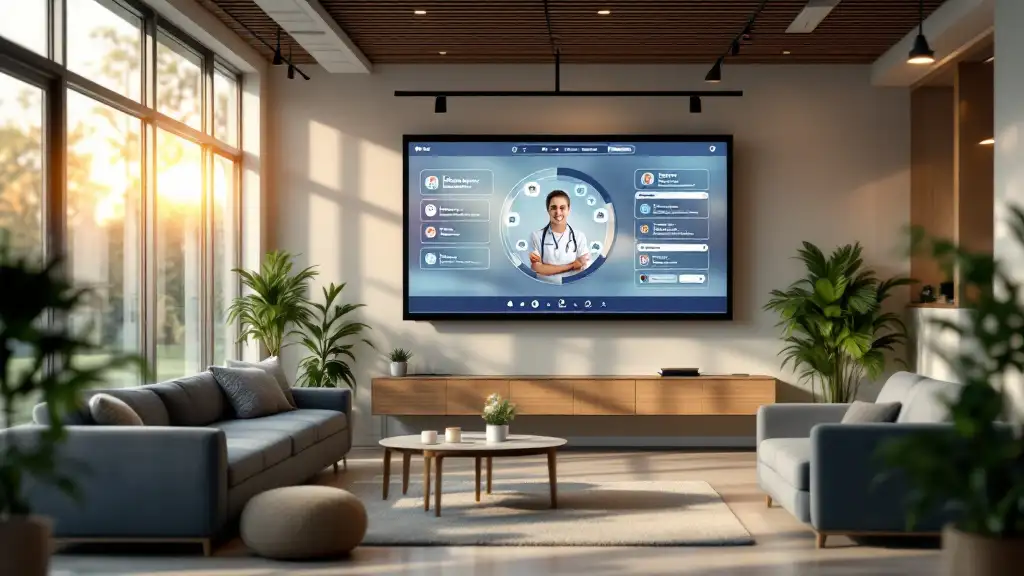
Pioneering a New Era in Preventive Medicine for Older Adults
As the global population ages rapidly, innovative approaches in digital health—particularly the integration of telehealth and artificial intelligence (AI)—are transforming preventive medicine. This comprehensive shift aims to improve health outcomes, foster independence, and enhance quality of life for aging individuals by leveraging cutting-edge technologies that enable early diagnosis, personalized interventions, and continuous health monitoring. This article explores the latest research trends, technological advancements, barriers, and future directions in harnessing telehealth and AI to meet the complex healthcare needs of older adults.
Emergence and Evolution of Telehealth in Geriatric Care

How has telehealth evolved into a mainstream healthcare delivery model?
Telehealth's journey began with modest efforts in the early 1900s to use telecommunications for medical advice. Over the decades, technological progress and digital infrastructure improvements evolved it into a comprehensive system that offers remote diagnosis, treatment, and monitoring. Today, telehealth encompasses virtual consultations, remote patient monitoring, digital prescriptions, and telepsychiatry, making healthcare more accessible.
The COVID-19 pandemic served as a major catalyst for this transformation. Social distancing mandates and overwhelmed healthcare facilities pushed providers and patients to embrace remote services rapidly. The shift included a surge in digital health tools, like wearable sensors and AI-driven diagnostics, which helped ensure continued care for chronic disease management and preventive health.
What role did the pandemic play in increasing telehealth utilization among older adults?
During the pandemic, telehealth became a vital solution for older adults, who are often vulnerable during health crises. In Israel, for example, usage of telehealth services for elderly populations rose dramatically, including administrative functions, live consultations, and after-hours services. Many seniors, initially unfamiliar or hesitant with technology, found these platforms useful for managing their health without the risk of virus exposure.
This increased reliance resulted in a higher acceptance rate of telehealth even beyond the pandemic peak. Factors such as the need for ongoing chronic disease management, mental health support, and reduced travel and hospital visits contributed to sustained engagement. Consequently, telehealth has increasingly integrated into geriatric care, improving access and outcomes for aging populations.
AI's Role in Enhancing Telehealth Capabilities
How is AI used in telehealth to improve preventive medicine for aging adults?
AI technologies play a pivotal role in advancing telehealth services tailored for older populations. Through sophisticated diagnostic tools, AI analyzes medical images, biometric data, and health records to facilitate early detection of conditions such as heart disease, diabetes, and neurodegenerative diseases. AI-powered remote decision support systems assist healthcare providers in making timely, informed choices without the need for in-person visits.
Predictive analytics, driven by AI, enable continuous monitoring of vital signs and health indicators via wearable sensors and remote monitoring devices. These systems can forecast potential health issues, allowing for prompt interventions that prevent complications. Moreover, AI supports personalized preventive strategies by analyzing individual health data, thus fostering proactive management and improved health outcomes for aging adults.
What AI models and frameworks are currently employed to ensure safe and effective integration with telehealth?
The integration of AI into telehealth is guided by frameworks such as TEHAI (Trustworthy Evaluation of Healthcare AI Implementation), which assesses the safety, performance, and ethical deployment of AI systems. Transparency is a priority, with explainable AI (XAI) techniques ensuring that clinicians and patients understand how decisions are made, building trust in these technologies.
AI models in telehealth include machine learning algorithms trained on extensive health datasets to detect patterns indicative of early disease states. These models support remote diagnostics, automate assessments, and aid in early warning systems for adverse health events. Regulatory standards and ethical guidelines are incorporated to ensure these AI tools operate reliably and safely, especially when used for vulnerable populations like the elderly.
Broad Overview
| Aspect | Description | Additional Details |
|---|---|---|
| Application | Diagnostic support, predictive analytics, decision aid | Supports early detection and personalized care |
| Models Used | Machine learning, natural language processing, deep learning | Used for imaging, biometric analysis, and patient monitoring |
| Evaluation Frameworks | TEHAI, explainable AI (XAI) | Ensure safety, performance, and transparency |
| Challenges | Ethical concerns, data privacy, bias mitigation | Ongoing efforts to establish guidelines and standards |
In addition, ongoing research and technological innovations are expanding the capabilities of AI in telehealth, promising safer, more effective, and accessible preventive healthcare for aging populations.
Innovative Technologies Supporting Elder-Centric Telehealth and AI
What technological applications, such as wearable devices and remote monitoring, are advancing geriatric health management?
Wearable sensors and remote monitoring devices are transforming how health is managed for older adults. These technologies continuously collect real-time data on vital signs such as blood pressure, heart rate, and oxygen saturation. They also detect falls and monitor activity levels, providing a comprehensive picture of an elder’s health status.
These innovations enable early identification of potential health risks, allowing for timely medical interventions. Digital companions and AI-enabled sensors facilitate medication adherence and safety at home, maintaining independence and reducing emergency incidents.
Devices like blood pressure monitors, ECG sensors, and remote health hubs connect older adults with caregivers and healthcare providers. This connectivity fosters proactive health management, reduces hospital visits, and supports aging-in-place strategies.
How effective are these technologies in improving health outcomes for aging populations?
Studies show that wearable and remote monitoring devices significantly improve health outcomes among the elderly. They enable early detection of adverse events, especially cardiovascular problems, and help manage chronic diseases such as diabetes and hypertension.
AI-powered sensors and virtual assistants also reduce social isolation by providing companionship and emotional support, which are crucial for mental health.
Despite some barriers, including digital literacy and device usability, research indicates these tools effectively enhance the quality of life and promote independence.
For example, remote sensors help identify falls early, preventing severe injuries. Continuous health monitoring can alert clinicians to deteriorating conditions, leading to prompt treatment and fewer hospitalizations.
Overall, integrating wearable sensors and remote monitoring devices within geriatric care shows great promise in creating safer, healthier aging environments.
Research Trends and Literature on Digital Technologies for Aging Populations
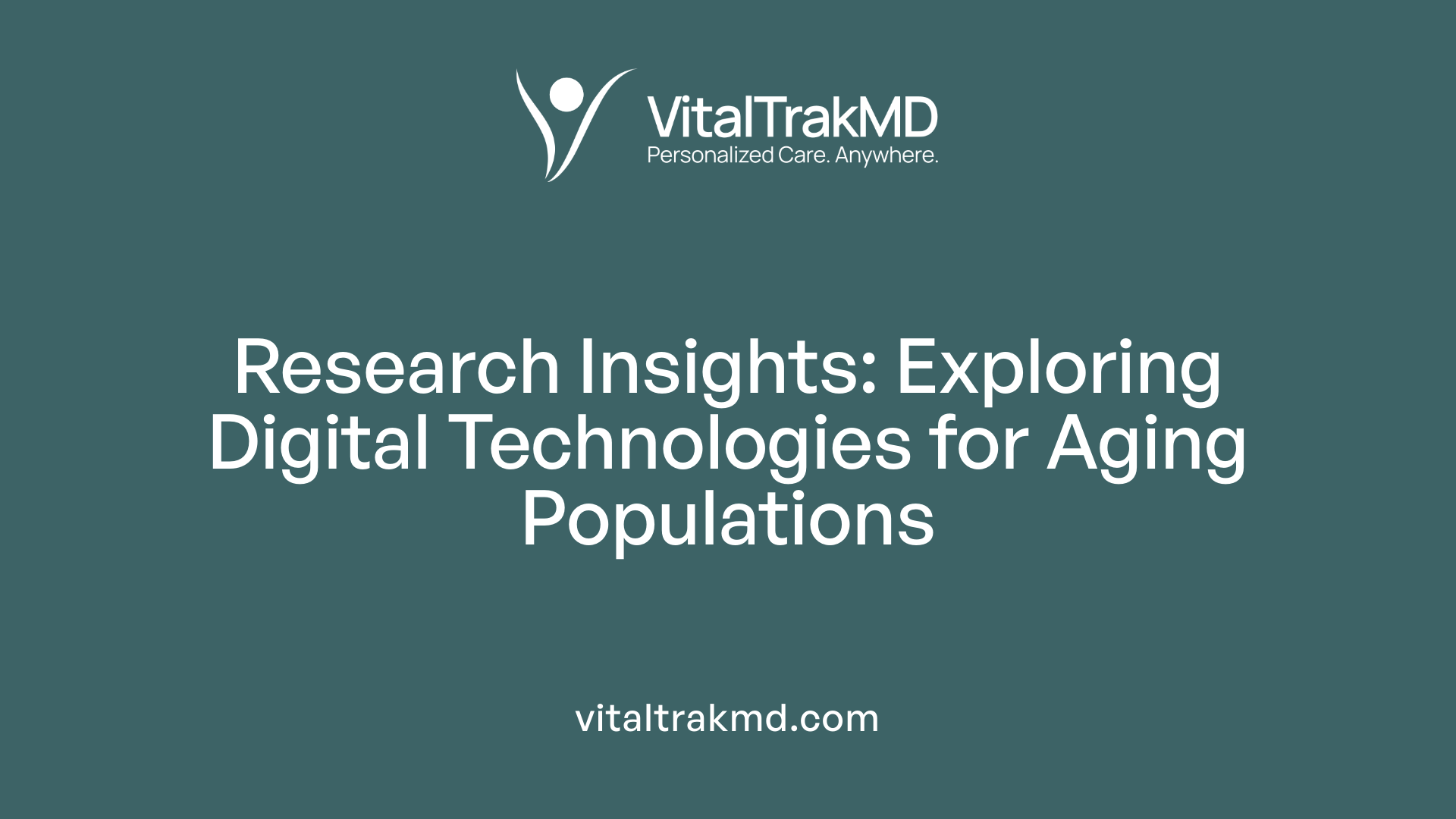
What evidence exists from research and literature on digital health technologies targeting aging populations?
Research indicates a significant increase in digital health tool usage among older adults. Over 81% of seniors utilize technologies such as patient portals, telehealth services, wearables, and mobile health apps. These tools aim to facilitate better management of chronic conditions, improve health literacy, and promote independent living.
Studies emphasize that for these technologies to be effective, they need to be user-friendly and perceived as beneficial. Factors like digital literacy and sensory impairments can hinder adoption. Challenges include low levels of digital skills, usability issues, privacy concerns, and physical or cognitive limitations.
Frameworks such as the Non-adoption, Scale-up, Spread, and Sustainability (NASSS) model recommend comprehensive approaches to implement digital health solutions successfully. These include involving older adults in the design process, providing targeted training, and ensuring that solutions address the specific needs and limitations of this population.
Efforts to scale digital interventions demonstrate promising results in enhancing health outcomes and fostering engagement, but success largely depends on tailoring solutions to facilitate acceptance and ongoing use.
How do acceptance levels influence the implementation and success of telehealth and AI in elder care?
The willingness and confidence of older adults to adopt digital health innovations such as telehealth and AI are vital for their success. Acceptance is driven by perceptions of usefulness and ease of use, alongside trust in the technology and providers.
Research shows that seniors who find these tools helpful and easy to navigate are more likely to engage meaningfully with them. Involving this demographic in the development process, offering clear explanations, demonstrable benefits, and appropriate training significantly enhances acceptance.
Addressing concerns related to data privacy and security is also critical. When older adults trust these systems and perceive them as making healthcare more accessible and manageable, participation levels increase, leading to better health management and outcomes.
In summary, fostering acceptance through user-centered design and support mechanisms is essential for integrating AI and telehealth effectively into elder care, ultimately ensuring the technologies serve their intended purpose of improving health and independence.
Frameworks and Models for Integrating AI and Telehealth in Elder Care
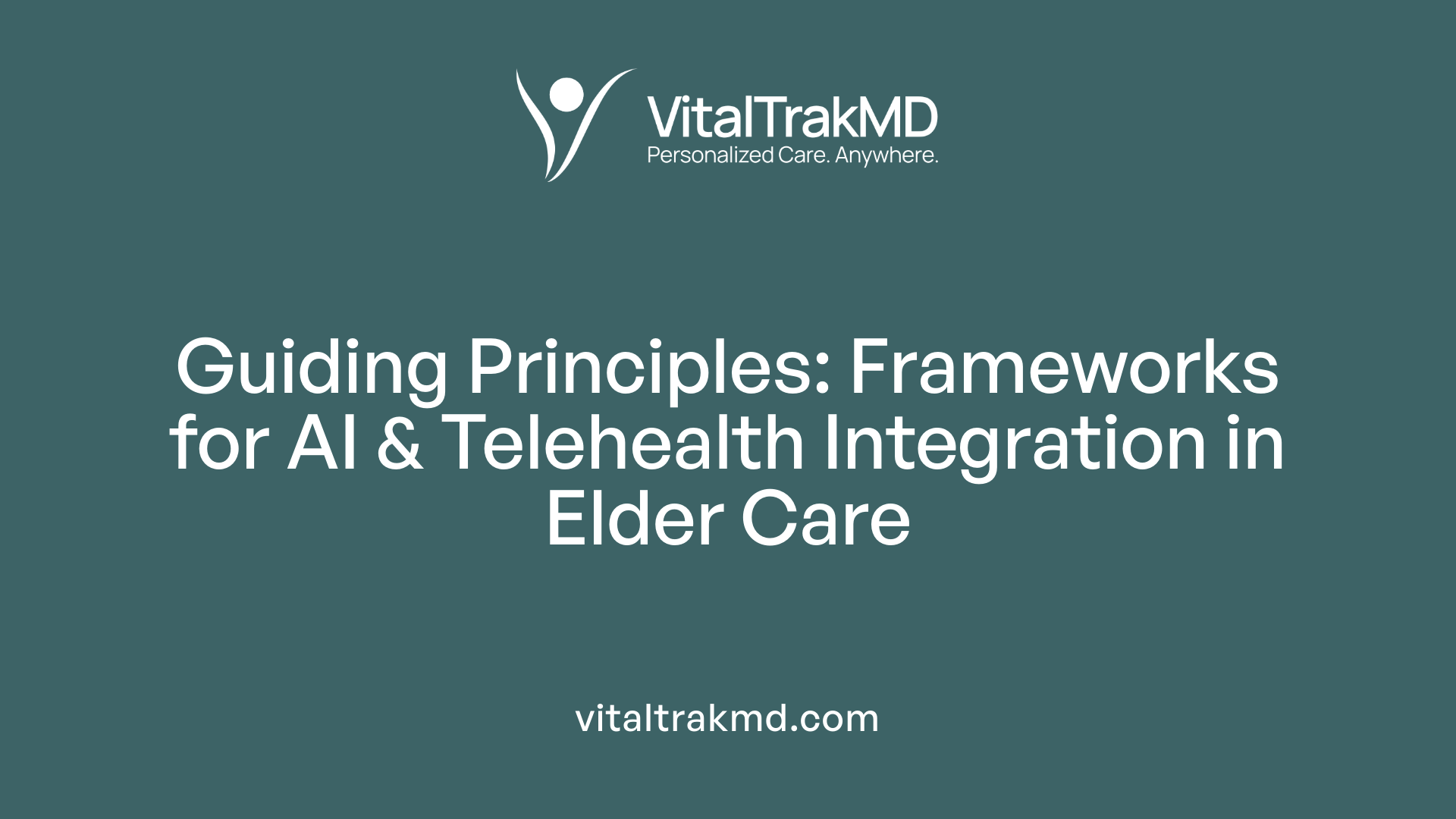 To effectively incorporate artificial intelligence (AI) and telehealth into elder care, specialized frameworks guide evaluation and implementation. One prominent example is the TEHAI framework, which assesses the safety, performance, and governance of AI systems within healthcare settings. This ensures that AI tools used for remote monitoring, diagnosis, or preventive interventions meet strict standards, fostering safety and reliability.
To effectively incorporate artificial intelligence (AI) and telehealth into elder care, specialized frameworks guide evaluation and implementation. One prominent example is the TEHAI framework, which assesses the safety, performance, and governance of AI systems within healthcare settings. This ensures that AI tools used for remote monitoring, diagnosis, or preventive interventions meet strict standards, fostering safety and reliability.
Explainable AI (XAI) models play a crucial role by making complex algorithms transparent. They provide clear, understandable insights into how AI reaches specific decisions, allowing clinicians to interpret AI outputs confidently. This transparency not only supports clinical validation but also helps older adults trust and accept digital health solutions.
Collaboration among stakeholders—including healthcare providers, technologists, policymakers, and the elderly themselves—is vital. These partnerships ensure that AI and telehealth systems are user-friendly, ethically sound, and tailored to the unique needs of aging populations. Continuous monitoring and infrastructure development further promote ethical, effective, and accessible preventive care.
Together, these models support safer, more transparent decision-making. They empower clinicians to explain AI-driven recommendations during consultations and enable patients to participate actively in their health management. This shared understanding enhances trust and adherence, critical for successful integration of AI and telehealth in elder care.
Towards Personalized, Preventive Elder Care via AI and Telehealth
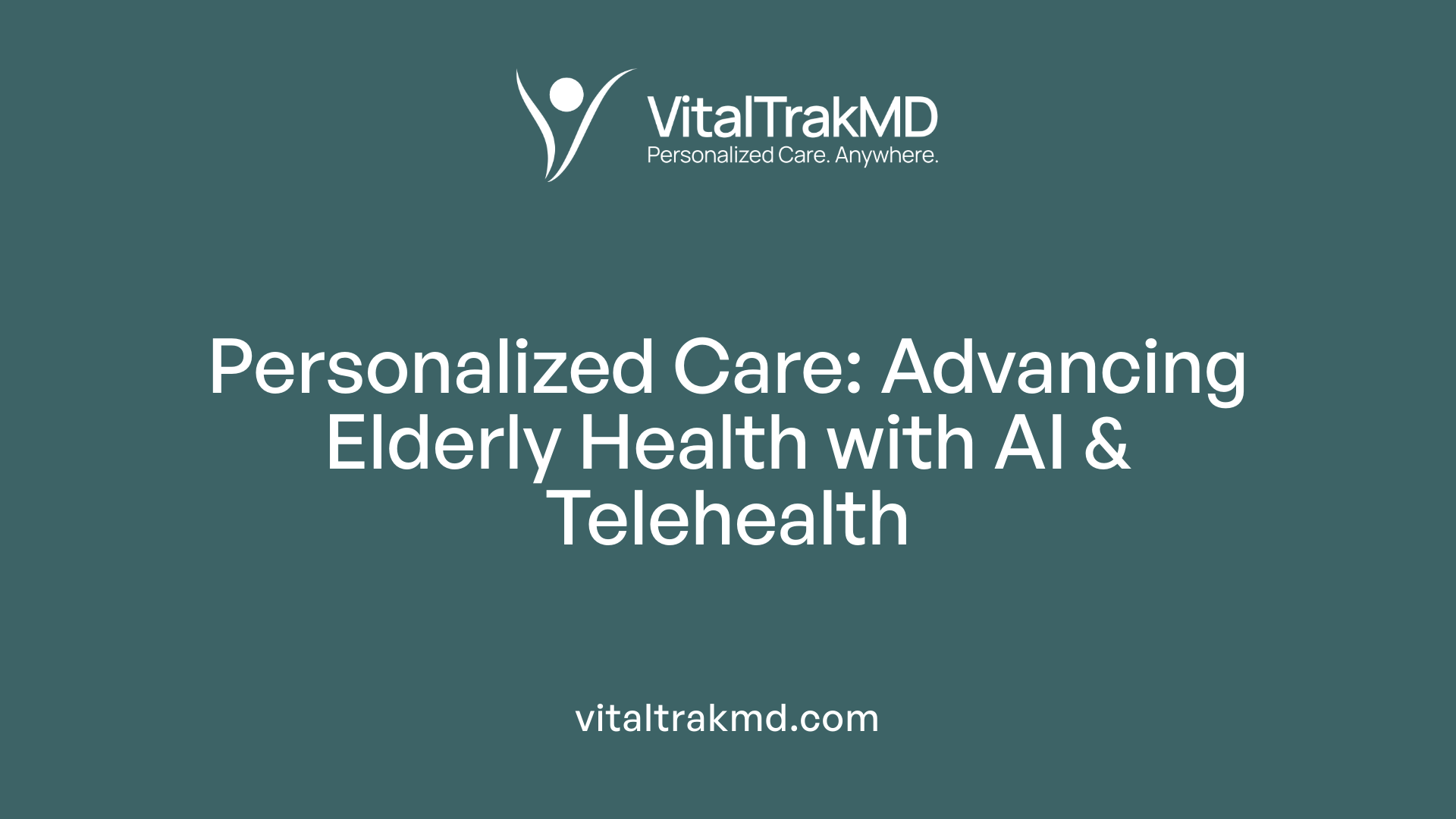
How do AI-driven predictive analytics enable personalized preventive strategies?
Predictive analytics harness continuous data from wearables, sensors, and electronic health records to forecast individual health risks. By analyzing patterns, these tools can identify early signs of deterioration such as cognitive decline or physical impairments. This enables healthcare providers to implement tailored interventions before conditions worsen, thus preventing hospitalizations and improving quality of life. Proactive, personalized care plans driven by analytics focus on maintaining independence and addressing specific health needs of older adults.
What are the future prospects of digital health tools in elder care?
The future of elder care technology is promising, with the integration of remote monitoring, wearable devices, virtual reality, and AI-powered predictive analytics. These innovations aim to detect early indicators of health issues like mobility challenges or cognitive issues. Digital companions and AI-driven support systems will facilitate personalized and continuous care, fostering independence. Enhanced data collection and analysis are expected to reduce healthcare costs while improving outcomes. Progress in user-friendly designs and improving digital literacy among older adults will further boost adoption. The convergence of these technologies will transform traditional elder healthcare, making it more proactive, personalized, and accessible.
Additional insights
| Technology | Application | Impact | Future potential |
|---|---|---|---|
| Wearable sensors | Continuous vital signs and activity monitoring | Early detection of health decline | Preventive interventions |
| Predictive analytics | Forecast of health risks | Customized treatment and prevention plans | Reduced emergency care |
| Digital companions | Engagement and mental health support | Improved emotional well-being | Combating loneliness and social isolation |
| Virtual reality | Rehabilitation and training | Enhanced mobility and cognitive training | Advanced therapeutic approaches |
The integration of AI and telehealth in elder care signals a shift towards more anticipatory and personalized health management, ultimately aiming to support aging-in-place and improve overall longevity and well-being.
Barriers to Adoption and Strategies to Overcome Them
What challenges do older adults encounter in adopting telehealth and AI?
Older adults face several obstacles that can limit their use of telehealth and artificial intelligence technologies. Limited digital literacy is a primary concern; many seniors are less familiar with digital devices and online platforms. Sensory impairments such as vision and hearing problems, along with cognitive decline, can make navigating complex interfaces difficult.
Additionally, access to devices like smartphones or tablets and reliable high-speed internet remains uneven, particularly in rural or low-income areas. Socioeconomic factors may restrict affordability or availability of necessary technology. Privacy and security concerns also influence acceptance, as some seniors worry about the safety of their personal health data. Usability issues, including unintuitive designs and inadequate support, further hinder widespread adoption.
What strategies can improve acceptance and utilization among elder populations?
To enhance use and acceptance, developing user-friendly, accessible technologies tailored for older adults is crucial. This includes larger text, simplified interfaces, and clear instructions. Providing targeted training and education helps seniors gain confidence and proficiency in using digital health tools.
Involving older adults in the co-design process ensures that devices and platforms meet their needs and preferences, increasing usability. Addressing privacy concerns transparently and ensuring robust security measures can reduce fears about data safety.
Fostering strong social support networks—such as caregiver assistance and peer groups—encourages ongoing engagement. Combining telehealth with in-person care through hybrid models helps build trust and familiarity, gradually increasing comfort with virtual health services.
Implementing these approaches can significantly lower barriers, making digital health interventions more inclusive and effective for aging populations.
Policy, Ethics, and Infrastructure Needs for Future Integration
What policy and regulatory considerations are crucial for integrating AI and telehealth in elder care?
Effective integration of AI and telehealth in elder care relies on comprehensive policies that address multiple challenges. Clear regulatory frameworks are vital for ensuring data privacy and security, establishing standards for interoperability, and maintaining ethical use of technology. These policies should promote quality assurance and health equity, making sure that all populations have access to high-standard care.
Supporting innovation requires adaptable reimbursement models that encourage healthcare providers to adopt digital tools. Cross-sector collaboration between policymakers, healthcare organizations, technology developers, and patients is essential to creating a sustainable and responsible digital health environment.
How can infrastructure improvements support widespread adoption of digital elder care technologies?
Robust infrastructure forms the backbone of effective digital health implementation. Investments in high-speed broadband are necessary to reduce access disparities, especially in rural and underserved areas.
Interoperable health data systems facilitate seamless exchange of medical information, enabling timely interventions and personalized care. Additionally, training programs for healthcare providers and digital literacy initiatives for older adults help ensure that users can navigate new technologies confidently.
Technical support services further enhance system reliability and user confidence. Together, these improvements promise to make digital elder care more accessible, reliable, and effective, paving the way for healthier aging populations.
Impact of Digital Health on Reducing Healthcare Disparities
Digital technologies, including telehealth and artificial intelligence (AI), are transforming elder care by addressing longstanding disparities in access and quality. In rural and underserved communities, these innovations overcome geographical hurdles, enabling older adults to receive timely diagnoses, ongoing monitoring, and specialist consultations without the need for extensive travel.
AI-powered diagnostic tools can analyze medical images and sensor data remotely, helping detect conditions like stroke, Parkinson’s, and diabetic retinopathy early. Telemedicine platforms facilitate virtual consultations, reducing gaps caused by a shortage of local healthcare providers. For example, programs like UC Davis’s remote patient monitoring and AI models such as BE-FAIR are tailored to identify high-risk patients and facilitate proactive intervention.
Community-based initiatives play a vital role in bridging digital divides. Mobile clinics, digital literacy training, and partnerships with local organizations ensure that technological advancements reach vulnerable groups. These efforts promote equitable access by empowering older adults with the skills and confidence to use telehealth tools effectively.
Supportive community engagement and inclusive policies further enhance health equity. Culturally sensitive design of digital health solutions builds trust and encourages participation among diverse populations. Policymakers can reinforce these efforts through funding, regulation, and integration of digital health into broader social and health services.
In summary, combining innovative technology with community action and policy support is essential to addressing disparities. This integrated approach fosters a more equitable healthcare landscape, ensuring all older adults—regardless of location or socioeconomic status—can benefit from the advancements in digital medicine.
Conclusion: The Future of Preventive Elder Care with Telehealth and AI
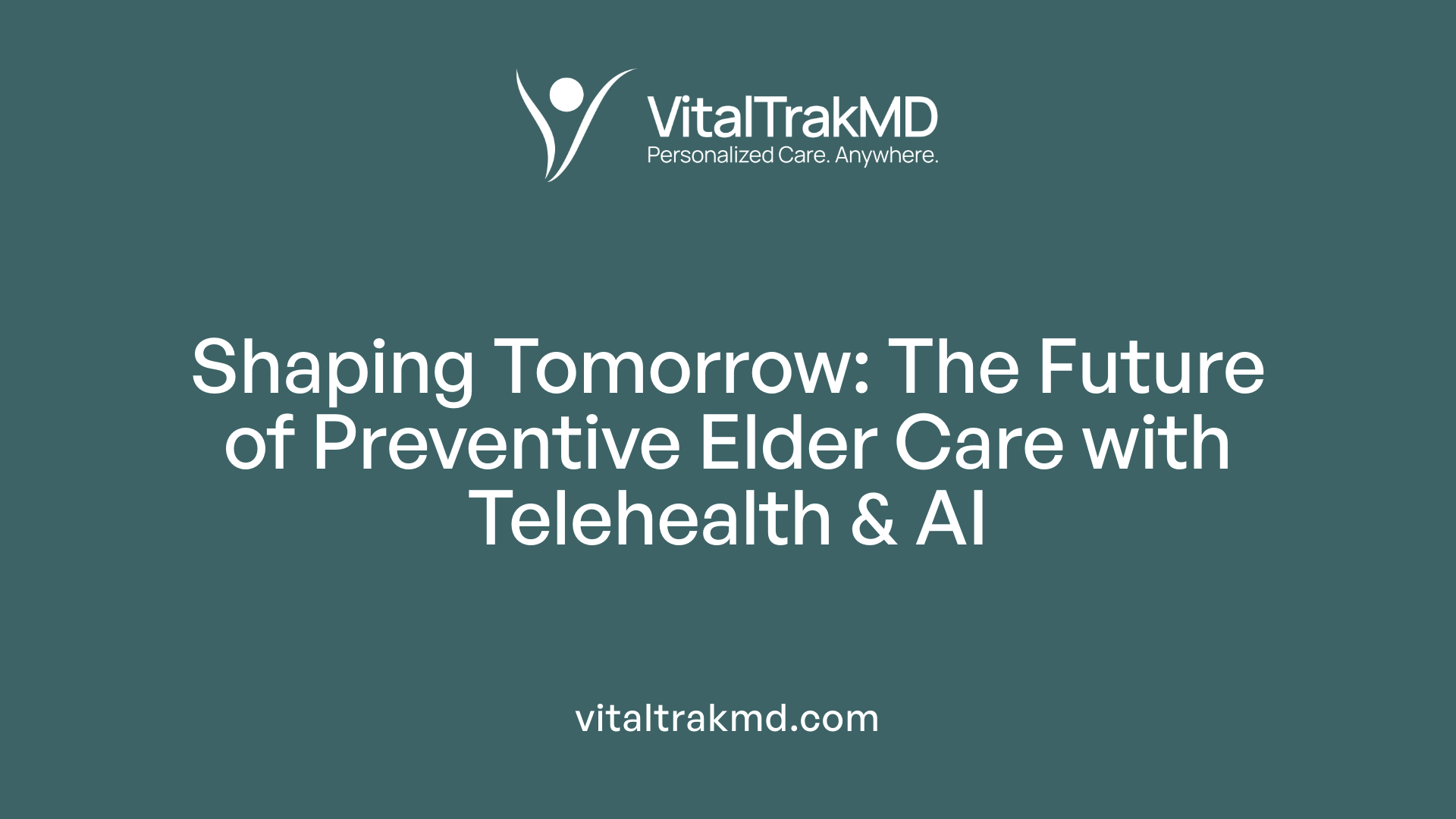 The integration of telehealth and artificial intelligence (AI) into elder care holds transformative potential for the future. Over the long term, this fusion is set to shift healthcare from a reactive model to a proactive, preventive approach. By enabling continuous and personalized health monitoring, these technologies support aging in place, allowing older adults to maintain independence and reducing the need for hospitalizations.
The integration of telehealth and artificial intelligence (AI) into elder care holds transformative potential for the future. Over the long term, this fusion is set to shift healthcare from a reactive model to a proactive, preventive approach. By enabling continuous and personalized health monitoring, these technologies support aging in place, allowing older adults to maintain independence and reducing the need for hospitalizations.
AI-powered tools such as predictive analytics and remote monitoring devices will facilitate early identification of health issues like cardiovascular risks or neurodegenerative conditions. This allows for timely interventions, ultimately enhancing quality of life and healthcare outcomes. Moreover, the resilience of health systems can be strengthened, as they become more adaptable and efficient in responding to demographic changes, such as the doubling of the elderly population projected by 2050.
Progress in elder care will heavily depend on collaborative efforts that bring together healthcare providers, technology firms, policymakers, and community organizations. Such multidisciplinary partnerships are vital for fostering innovation, ensuring technologies are accessible and user-friendly, and establishing frameworks that uphold privacy and equitable access.
This collective approach will support sustainable development and widespread adoption of digital health solutions. The vision is clear: a future where technology seamlessly integrates with traditional care, creating an environment where aging adults can thrive with dignity, safety, and independence, within the comfort of their homes.
Transforming Aging with Innovation
The convergence of telehealth and AI represents a paradigm shift in preventive medicine for older adults. By addressing current barriers, fostering trust through transparent models, and promoting inclusive policies, these technologies can empower seniors to live healthier, more independent lives. Continued research, technological advancements, and collaborative efforts will be vital to realizing the full potential of digital health for aging populations worldwide.
References
- Investigation into Application of AI and Telemedicine in Rural ...
- Research Trends and Hot Spots in Telemedicine for the Elderly
- Digital health for aging populations | Nature Medicine
- Adoption and Use of Telemedicine and Digital Health Services ...
- Leveraging AI/ML, Big Data Analytics, and Systems Innovation
- Telehealth Basics - ATA - American Telemedicine Association
- Reimagining Resilience in Aging: Leveraging AI/ML, Big Data ...
Recent articles
Want to Feel Better and Live Healthier?
Join hundreds of patients taking control of their health with personalized care that fits their life – not the other way around.
Rated 4.8/5 by 32+ customers







